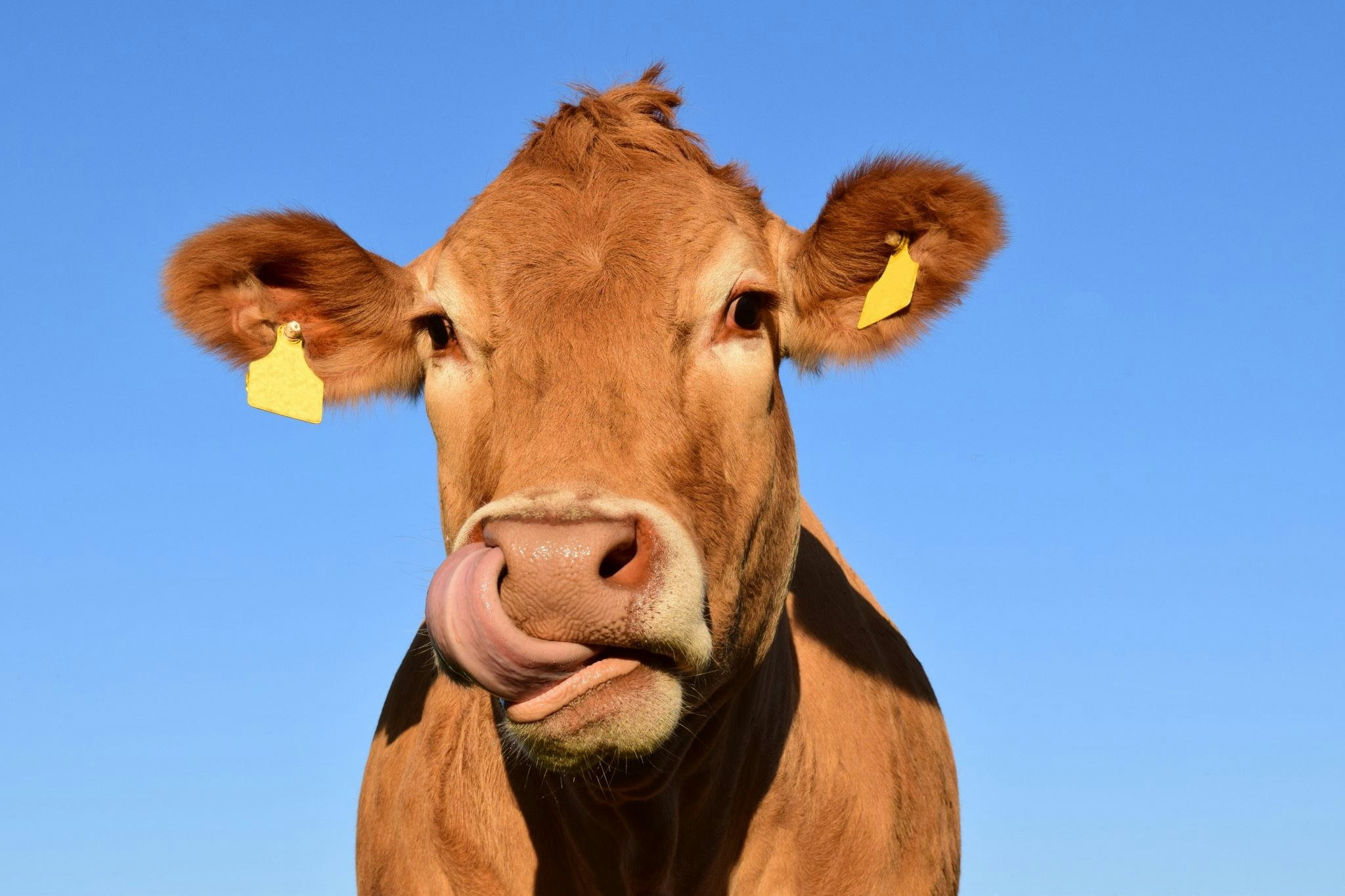While the media’s attention has been gripped by the Gwyneth Paltrow ski crash court drama, another legal battle is brewing in the world of tech.
Earlier this week, Australian cultured meat startup Vow announced it had created a woolly mammoth meatball — grown in a lab using DNA from the long-extinct species.
Vow’s also grown meat from alpaca, buffalo, crocodile, kangaroo and peacocks. The company says its creative agency suggested creating a meatball from mammoth DNA to highlight the biodiversity loss the creature has come to symbolise, and trigger discussions about the need for climate-friendly protein production.
Vox’s mammoth meatball news was covered by national press around the world — including some newspapers questioning why the team hasn’t yet tasted it.
But the news wasn’t well received by everyone. Paleo, a Belgian cultured meat startup, tells Sifted it's considering legal action with Vow over the meatball.
‘We got there first’
Paleo says Vow’s meatball is not a world-first; Paleo made mammoth myoglobin (the protein used to make the meatball) two years ago and formed it into a hamburger.
“When we learned about the event, we were surprised,” says Hermes Sanctorum, CEO of Paleo, which has raised funding from investors including German climate fund Planet A Ventures. “We sent out a press release nine months ago to announce that we developed the exact same mammoth protein.”
Paleo also contests Vow’s claim that no one's tasted mammoth myoglobin before. “This is simply not true. We developed the mammoth myoglobin and we tasted it in our lab."
Sanctorum says Paleo submitted patent applications for the tech behind the mammoth myoglobin over two years ago. They’re still under review, but Sanctorum says other companies would have been able to see how the tech works.
“If another company is using that technology to make something and make a large claim, like being the world's first, that's highly unethical.”
In response to the claim, Vow said the "technology and innovation involved in Vow’s creation and presentation of the “Mammoth Meatball” owes nothing to any technology or alleged invention by Paleo." Vow said Paleo had simply decided to make something from mammoth myoglobin, and that there is no basis for them to claim that idea as solely theirs.
Mammoth meat is made by taking the DNA for mammoth myoglobin, a muscle protein, and placing it within stem cells from sheep. That’s then replicated to grow mammoth meat.
So how does it taste? Like beef, but much more intense, Sanctorum says.
“It’s very interesting,” he says. “The aromatic compounds are much stronger than in bovine myoglobin. It's stronger in aroma, colour and taste — which is interesting for the food industry.”
This article was updated on April 3rd to include a response from Vow.


